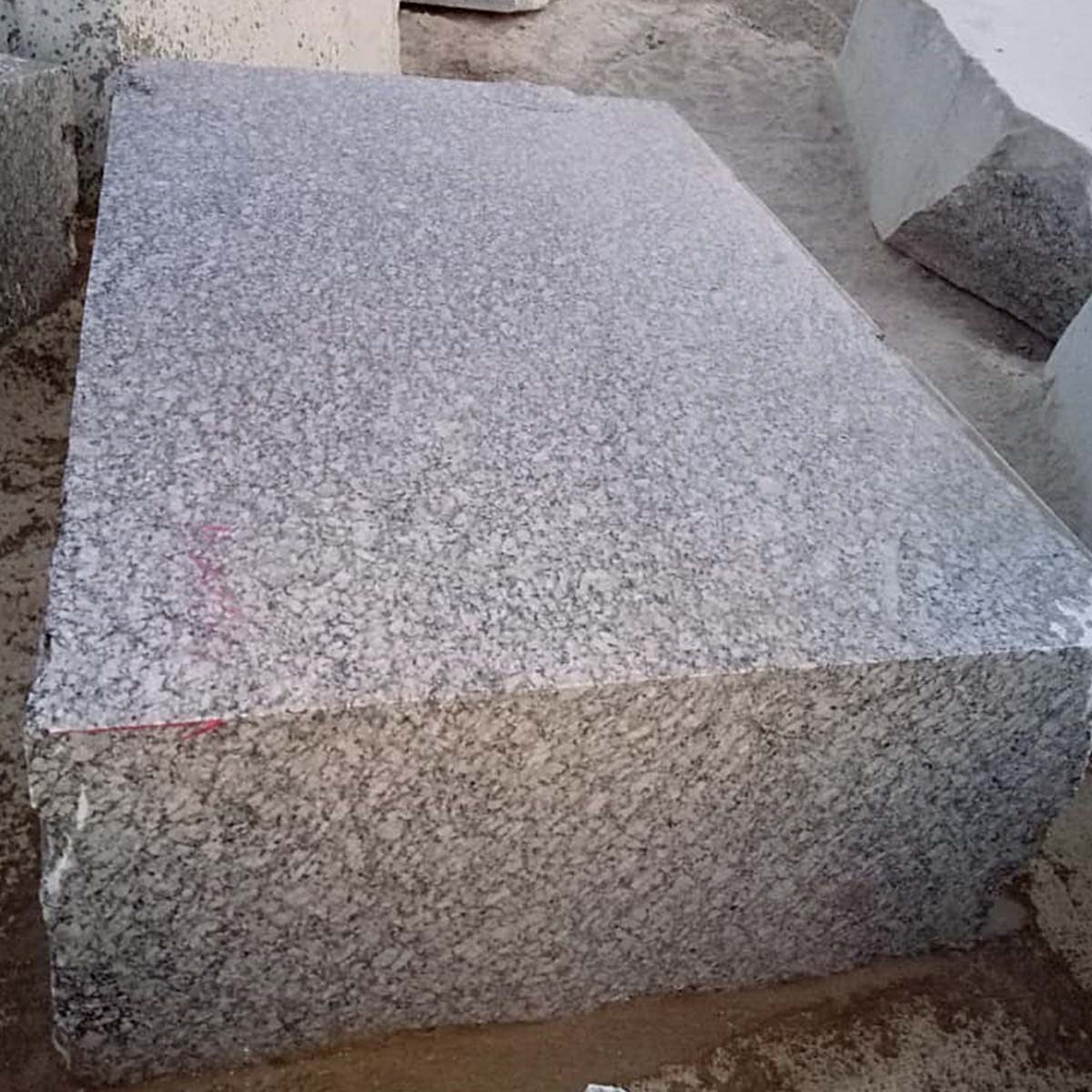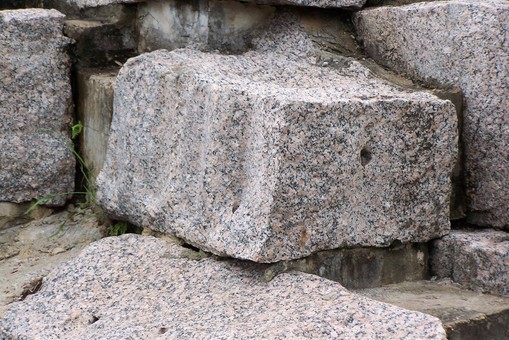Well-founded Beauty: Recognizing the Aesthetic Allure of Granite Quarries in Rustenburg
Wiki Article
From Stone to Splendor: Discovering the Keys of Granite Quarries
' From Stone to Splendor: Uncovering the Keys of Granite Quarries' is an expedition right into the fascinating world of granite quarries. The book takes a look at the impact of granite quarries on the environment, supplying valuable understandings into sustainable practices and ecological preservation.The History of Granite Quarries

In ancient Egypt, granite quarries were strategically situated along the Nile River, offering simple accessibility to transport the hefty stone blocks. The famous pyramids of Giza, consisting of the Excellent Pyramid, were constructed using granite sourced from these quarries. In old Greece, the island of Naxos was renowned for its premium white marble, which was quarried and utilized in the construction of legendary structures like the Parthenon.
The Roman Realm likewise relied heavily on granite quarries, especially in the construction of their grand architectural jobs. The Colosseum in Rome, for instance, was built utilizing granite sourced from quarries in Egypt and Greece. The Romans better advanced the quarrying techniques, employing proficient artisans and engineers to extract and transportation granite across large distances.
Today, the tradition of these ancient granite quarries remains to motivate modern-day architecture and construction. The knowledge and competence gained from centuries of quarrying have actually been passed down with generations, ensuring that granite remains a valued and desired structure material.
The Extraction Process of Granite
Having explored the historical relevance of granite quarries, we now delve right into the intricacies of the extraction process, which is a vital step in changing raw stone into the splendid structure material it comes to be. The removal procedure of granite includes a number of stages, starting with the preliminary exploration and recognition of potential quarry sites. Once a suitable site is located, the extraction procedure starts with the removal of overburden, which refers to the soil, greenery, and other materials covering the granite deposit.This includes exploration openings right into the granite making use of specialized equipment and after that placing nitroglycerins into the openings. The dynamites are detonated, fracturing the granite right into manageable pieces.
As soon as the granite is damaged down into smaller sized sizes, it is loaded onto trucks or conveyor belts and transferred to a handling facility. At the processing center, the granite is additional refined with cutting, shaping, and brightening procedures. granite quarries in rustenburg. This is done utilizing various cutting and brightening tools, such as brushes, saws, and mills, to attain the preferred surface, form, and size
Strategies and tools Utilized in Granite Quarrying
Granite quarrying involves the application of a selection of methods and devices to remove the stone from the planet's surface. One of the main tools used in granite quarrying is the ruby wire saw.Another important tool in granite quarrying is the exploration equipment. When the nitroglycerins are detonated, they crack the granite, making it less complicated to extract from the quarry.
In enhancement to these devices, there are various methods made use of in granite quarrying. One strategy is referred to as blasting, where explosives are made use of to damage the granite into smaller sized pieces. One more method is referred to as ruby wire cutting, where a cord embedded with diamond beads is made use of to puncture the granite. These techniques, in addition to making use of sophisticated equipment, have made granite quarrying a lot more efficient and much less labor-intensive. They have actually likewise permitted the removal of bigger and much more precise items of granite.
Transforming Raw Granite Into Architectural Marvels
After the extraction procedure, the raw granite undergoes a transformative trip to end up being breathtaking building wonders. This process includes several stages that call for accuracy and workmanship. First of all, the extracted granite blocks are transported to a manufacture center where they are cut into pieces of different densities making use of innovative cutting devices such as ruby cable find out saws. These pieces are then polished to improve their all-natural elegance and produce a smooth, shiny surface.As soon as the pieces prepare, they can be further refined to fulfill details layout needs. Skilled artisans make use of sophisticated machinery and tools to form the granite right into desired types, such as countertops, floor covering ceramic tiles, or complex sculptures. This process needs thorough interest to information and know-how to ensure that the end product fulfills the highest high quality requirements.
Following, the finished granite items are carefully checked for any blemishes or flaws. Any type of minor issues are attended to, and the items are meticulously cleaned to eliminate any kind of dirt or particles. Finally, the changed granite is packaged and planned for transportation to its designated destination.

The Influence of Granite Quarries on the Setting
The ecological influence of granite quarries is a considerable worry that needs to be attended to in order to ensure sustainable methods in the rock market. Granite quarries can have a destructive result on the surrounding atmosphere, including the devastation of environments, pollution of air and water, and the generation of excessive sound and dirt.Among the primary issues is the devastation of all-natural environments. Granite quarries often involve the elimination of large amounts of vegetation and topsoil, bring about the variation of wild animals and disruption of ecological communities - granite quarries in rustenburg. This loss of biodiversity can have long-lasting effects for the surrounding environment
Quarrying activities can release harmful contaminants right into the environment, such as particle issue and toxic gases. Furthermore, the removal of granite can result in the contamination of nearby water sources through the discharge of chemicals used in the quarrying procedure.

To alleviate these environmental impacts, the stone industry need to embrace sustainable techniques. This includes carrying out actions to reduce habitat damage, boosting air and water contamination controls, and applying efficient dust and noise reductions techniques. In addition, reclamation efforts ought to be carried out to recover quarried locations to their natural state and support the regeneration of biodiversity.
Conclusion
In conclusion, granite quarries have actually played a substantial role in shaping human background and continue to add to building marvels. Comprehending the keys of granite quarries permits us to appreciate the craftsmanship and appeal that can be acquired from this natural source.' From Rock to Splendor: Discovering the Secrets of Granite Quarries' is an expedition right into the remarkable world of granite quarries. The history of granite quarries can be traced back to old times, Our site with proof of quarrying tasks discovered in ancient Egypt, Greece, and Rome. The Colosseum in Rome, for instance, was developed utilizing granite sourced from quarries in Egypt and Greece - granite quarries in rustenburg. These methods, along with the usage of advanced equipment, have made granite quarrying much more efficient and much less labor-intensive. Furthermore, the extraction of granite can result in the contamination of neighboring water resources with the discharge of chemicals made use of in the quarrying procedure
Report this wiki page